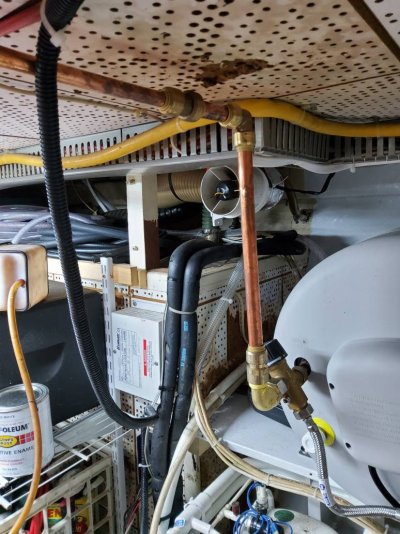GoneDiving
Guru
I would like to use copper press fittings to replumb my vessel: water rated for potable water and gas rated for diesel fuel.
Has anyone used these with success or otherwise? I wouldn't trust my soldering in the many out of position locations and these seem to be a good solution.
Many crimpers have "V" series jaws while others are "TH". I assume these are single grooves over the oring vs crimping down a flat colar. For the fittings below, would I need "V" jaws?
https://plumbingsales.com.au/copper-tube-fittings/kempress-gas/15mm-connector-kempress-gas.html
https://www.ebay.com.au/itm/332905738625
Thanks
Has anyone used these with success or otherwise? I wouldn't trust my soldering in the many out of position locations and these seem to be a good solution.
Many crimpers have "V" series jaws while others are "TH". I assume these are single grooves over the oring vs crimping down a flat colar. For the fittings below, would I need "V" jaws?
https://plumbingsales.com.au/copper-tube-fittings/kempress-gas/15mm-connector-kempress-gas.html
https://www.ebay.com.au/itm/332905738625
Thanks



